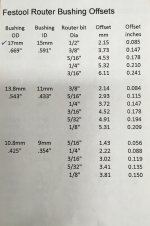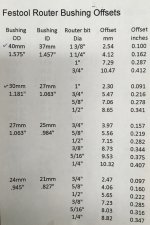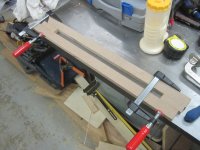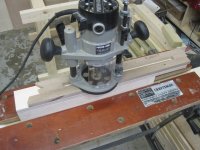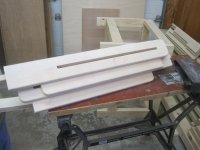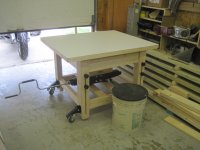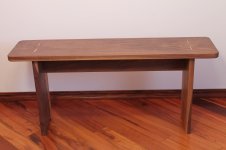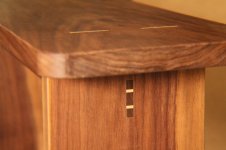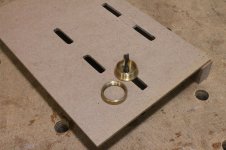- Joined
- Jul 8, 2007
- Messages
- 13,129
I have been thinking about doing some stuff for myself but wondering if others do the same.
I have never been a jig making guy. Most of my work is more on the construction versus woodworking side and jigs haven’t really come into play.
But my goal this year is to actually do some personal woodworking and making some jigs that work with a router and guide bushings is now on the horizon.
An example: many years ago I made decorative boxes and humidors. I used the nice quadrant hinges with stops that required several depths to be routed. At that time there was a plexiglass jig to make the operation easier.
Many of you use similar type jigs in your work or hobby. When making jigs you you design them around a common busing size or do you vary?
Peter
I have never been a jig making guy. Most of my work is more on the construction versus woodworking side and jigs haven’t really come into play.
But my goal this year is to actually do some personal woodworking and making some jigs that work with a router and guide bushings is now on the horizon.
An example: many years ago I made decorative boxes and humidors. I used the nice quadrant hinges with stops that required several depths to be routed. At that time there was a plexiglass jig to make the operation easier.
Many of you use similar type jigs in your work or hobby. When making jigs you you design them around a common busing size or do you vary?
Peter

